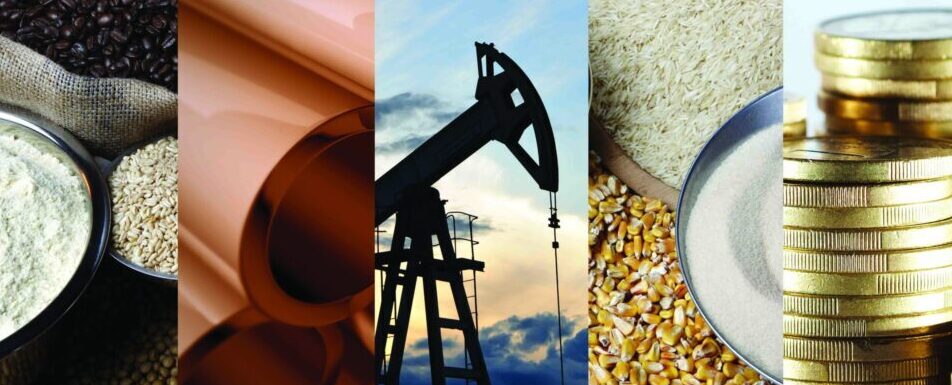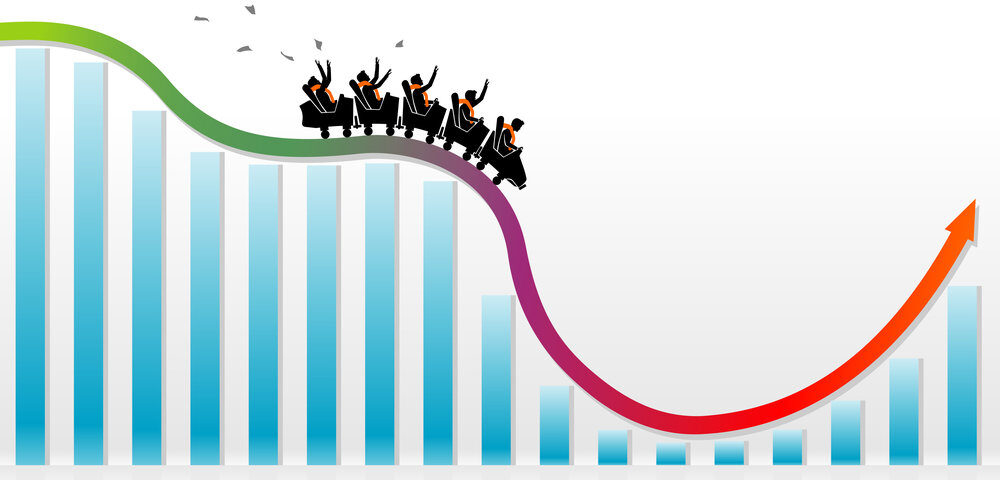Commodities tend to run in long cycles. A tremendous run-up in their prices peaked in 2011, which quickly depreciated into a rout. For much of 2021 and 2022, we’ve seen another monumental run-up in commodities. People who think this situation will stabilize anytime soon are kidding themselves. Post COVID shutdowns, numerous commodities surged. Steel, copper, corn, lumber, and oil (yes, oil is a commodity) all hit levels not witnessed in years. Then, Russia invaded Ukraine and other commodities leaped – consider nickel, wheat, tin, soybeans, aluminum, zinc, etc. And oil again. The list is long.
Commodities
From the World Bank on March 2, 2022: “Both energy and non-energy commodities continue to soar in February, rising 7.7% and 4.2%, respectively. In January, they rose 7.9% and 4.6%, respectively. Over the past twelve months, energy commodities have surged 63.4% and non-energy commodities 22.7%. Among key groups, only fertilizer prices fell (-1.9%) in February 2022. Agriculture commodities rose 4.5%, metals and minerals 4.7%, and precious metals 2.2%.” Many might suggest that there’s little reason to expect a change in direction.
Agricultural Prices
“Agricultural commodity prices stabilized during 2021 Q3 staying at their highest level since 2013. Declines in some food prices (e.g., rice in response to good yield in South-East Asia) were offset by higher beverage prices (especially coffee due to frost in Brazil). After several years of below-average growth, grain and oilseed supplies may grow to historical levels in the 2021 – 2022 crop season.”
Fertilizer Prices
“The rally in energy prices, especially coal and natural gas, have sharply increased agricultural input costs, including fertilizers which have risen more than 55 percent since January. High energy prices forced some chemical companies to halt or reduce production capacity. Rising input costs along the La Nina pose significant upside price risks to agriculture while ambitious biofuel targets may boost some long-term grain and oilseed prices.”
Base Metal Prices
“After reaching an all-time high in July, iron ore prices have fallen rapidly, driven by China’s reduction in steel production to meet zero-growth targets. On the other hand, most base metal prices are increasing, while production has been disrupted by energy shortages and lockdowns. Tin prices have reached all-time highs amid strong demand for electronics. Aluminum and zinc prices were also boosted by high energy prices, which saw some metal refiners reduce or close production.”
We’ve Seen this Before
When you go on an eating binge, especially with food that’s rich in calories, the body finds a way of correcting your overindulgence. Remember when the world adjusted to the aftermath of a 10-year feast of infrastructure spending in emerging markets which commodities underwrote? Consequently, commodity prices in those markets retreated. In the capital markets, the implications of the commodity surge continue to reverberate. Some might suggest that oil is the biggest problem. And maybe they are right.
Stay diversified.











